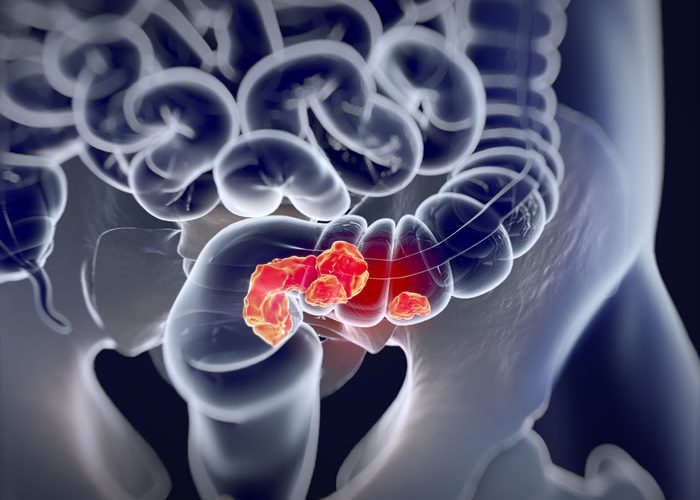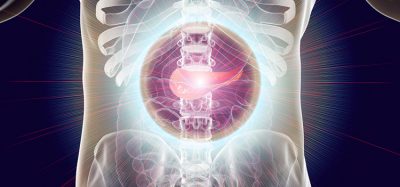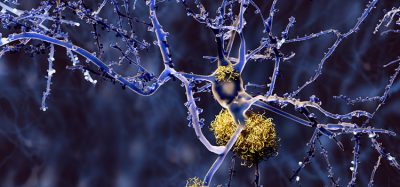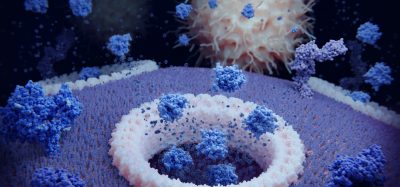SLU scientist turns off chemo pain in the laboratory
Posted: 29 March 2018 | Drug Target Review | No comments yet
Saint Louis University researchers have had success in an animal model in turning off the excruciating pain that often accompanies a colorectal cancer drug.


Daniela Salvemini, Ph.D., professor of pharmacology and physiology at SLU, studies pain pathways, the series of interactions between molecular-level components that lead to pain in the body.
One type of pain she examines is chemotherapy induced neuropathic pain (CINP), a debilitating side effect of chemotherapy that can appear as tingling or numbness in the hands and feet, shooting or burning pain in the limbs, or can feel like hot or cold temperature extremes. In addition to causing patients suffering, CINP is often a limiting factor when it comes to treatment.
“Thanks to the increased efficacy of cancer treatment, there are nearly 14 million cancer survivors in the United States,” Salvemini said.
Biomarkers are redefining how precision therapies are discovered, validated and delivered.
This exclusive expert-led report reveals how leading teams are using biomarker science to drive faster insights, cleaner data and more targeted treatments – from discovery to diagnostics.
Inside the report:
- How leading organisations are reshaping strategy with biomarker-led approaches
- Better tools for real-time decision-making – turning complex data into faster insights
- Global standardisation and assay sensitivity – what it takes to scale across networks
Discover how biomarker science is addressing the biggest hurdles in drug discovery, translational research and precision medicine – access your free copy today
“Many of these survivors suffer from long-term side effects of CINP, for which there are no proven strategies for prevention or treatment. This is a huge unmet medical need.”
In her current paper, Salvemini studied the platinum-based chemotherapy drug oxaliplatin which is widely used to treat colorectal cancer. Over 60% of patients who received oxaliplatin develop CINP, and it can last for years after treatment.
The research team found that the pain pathway associated with this drug was driven by increased expression of an enzyme, adenosine kinase, in astrocytes (a type of central nervous system cell) and decreased adenosine signalling at a key receptor, A3AR. By supplementing this signalling with A3AR agonists, the researchers were able to block the development of CINP without interfering with the anticancer properties of platinum based drugs.
These findings advance researchers’ understanding of pain pathways and provide new information about how drugs may be able to treat chemotherapy pain. Perhaps most encouraging, existing A3AR agonists currently are being studied in advanced clinical trials as novel anticancer agents. This paper makes a strong case for evaluating those drugs for use together with oxaliplatin to limit CINP while treating cancer.
Related topics
Chemotherapy, Enzymes, Oncology
Related conditions
Colorectal cancer
Related organisations
Saint Louis University
Related people
Daniela Salvemini







